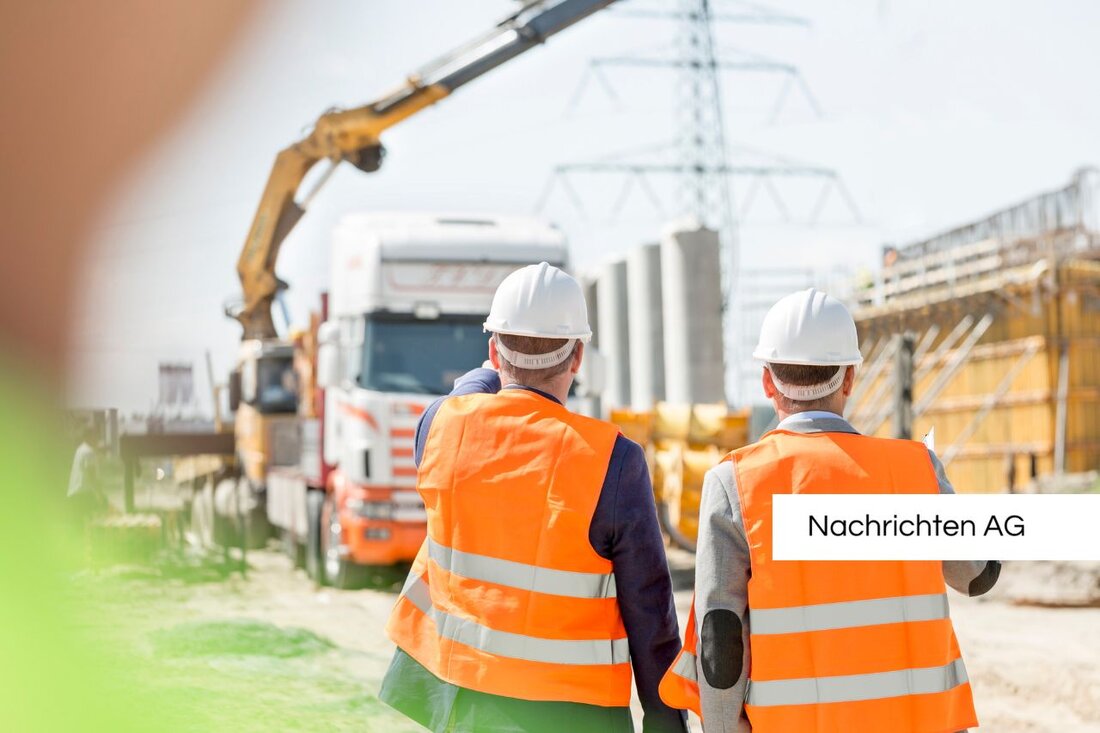More security in the 12th district: new trees and street conversions!
More security in the 12th district: new trees and street conversions!
Längenfeldgasse/Murlingengasse, 1120 Wien, Österreich - In the 12th district of Vienna, road construction work on the crossing plateau of Längenfeldgasse and Murlingengasse begins on June 3, 2025. The aim of these measures is to increase traffic safety for pedestrians and cyclists. The work is part of a comprehensive plan to improve visual relationships and reduce crossing lengths, which is particularly important in urban areas with high traffic. It is planned, among other things, the establishment of road divisors and sidewalking, which will enable a safer crossing.
The construction work also includes a partial widening of the bike path in Längenfeldgasse on the side of the odd house numbers. In addition, a new green area in Murlingengasse is created, which will be planted with two new trees that are planted in autumn 2025. These measures are in accordance with current trends for the integration of green spaces into urban areas that ensure increased quality of life and improved climate silicism.
traffic measures and diversions
During the construction period, the Längenfeldgasse between Flurschützstraße and Eichenstrasse is managed as a provisional one -way street. The city traveling around the city is diverted via Eichenstrasse and the Margaret belt. In addition, the bus line 63a, which normally serves the “Flurschützstraße/Längenfeldgasse” stop, is redirected, and the stop is abandoned during the construction period. Pedestrians can continue to happen safely, which is of central importance for urban planning.
The planned construction end is July 22, 2025. Interested parties can be found on the current developments on the websites of wien.gv.at/verkehr/strassen and wien.gv.at/verkehr/baustelle or contact the Infoline for Street and Transport by phone at +43 1 955 59.
meaning of the blue and green infrastructure
The measures in Längenfeldgasse and Murlingengasse are part of a broader strategy that also takes into account the famous blue and green infrastructure. These concepts aim to integrate natural elements such as water and green areas into urban rooms in order to reduce the effects of extreme weather events and climate change. According to a report of the Forum Verlag , multifunctional solutions are essential to improve the quality of stay and the air conditioning.
The challenges in urban rooms include high sealing of the areas and the reinforcement of urban heat islands. In order to counteract this, planning concepts are recommended in the city that include greening and water -permeable materials. These approaches not only help to improve the environment, but are also crucial for the climate -like of urban areas.
As in other European cities, such as Riga, it becomes clear that the integration of nature in urban planning not only contributes to improving the quality of life, but also to promote healthier urban environments. These concepts are part of the global efforts to make cities more sustainable and livable, as shown in the Riga development program until 2030, which also aims at good environmental quality and a resistant urban ecosystem. Bratislava pursues similar goals and focused on key points to support the climate goals in order to ultimately increase the quality of life of its citizens.
| Details | |
|---|---|
| Ort | Längenfeldgasse/Murlingengasse, 1120 Wien, Österreich |
| Quellen | |


Kommentare (0)